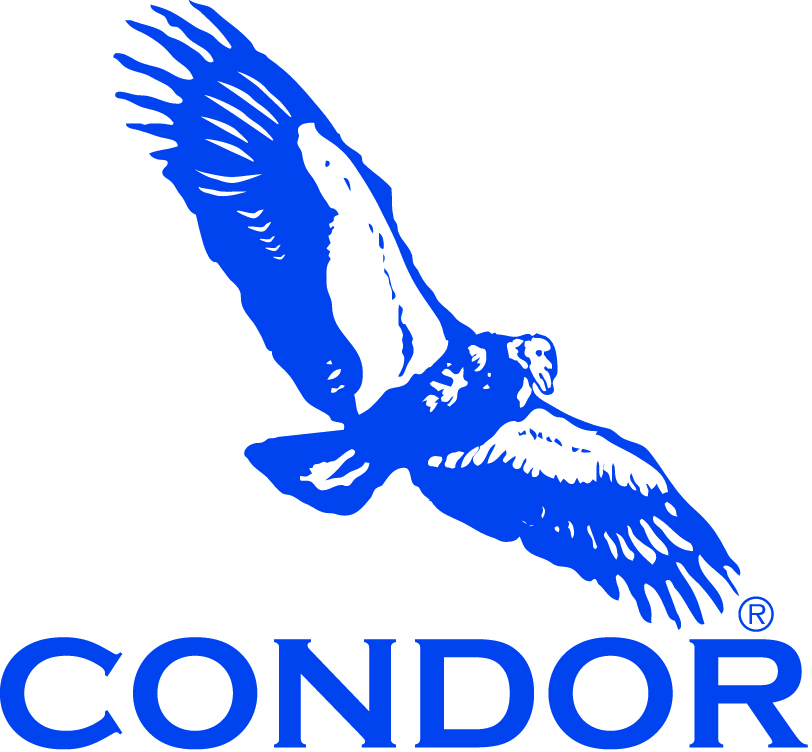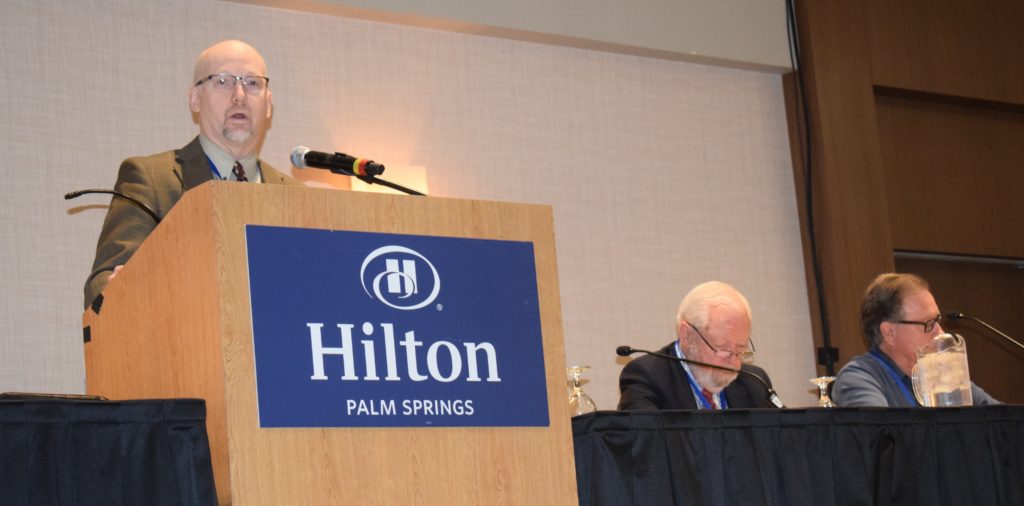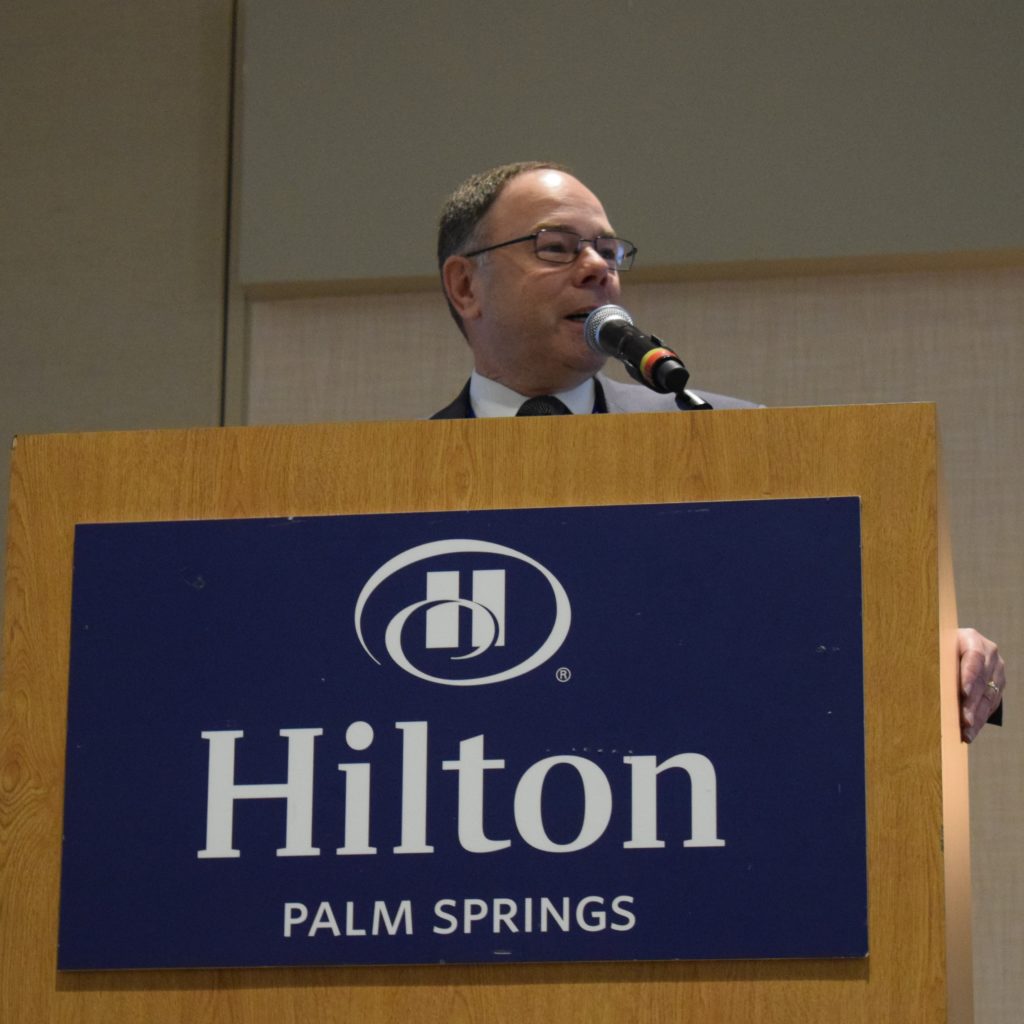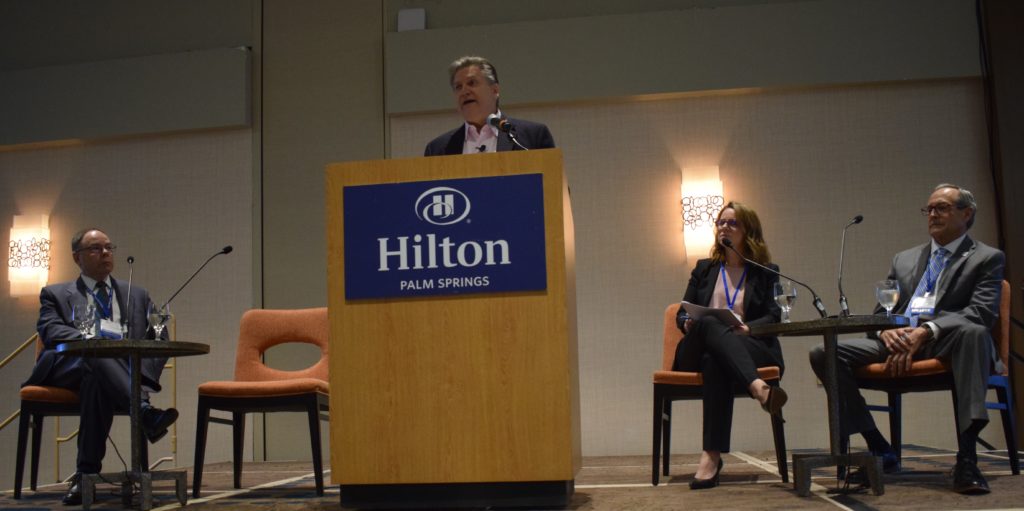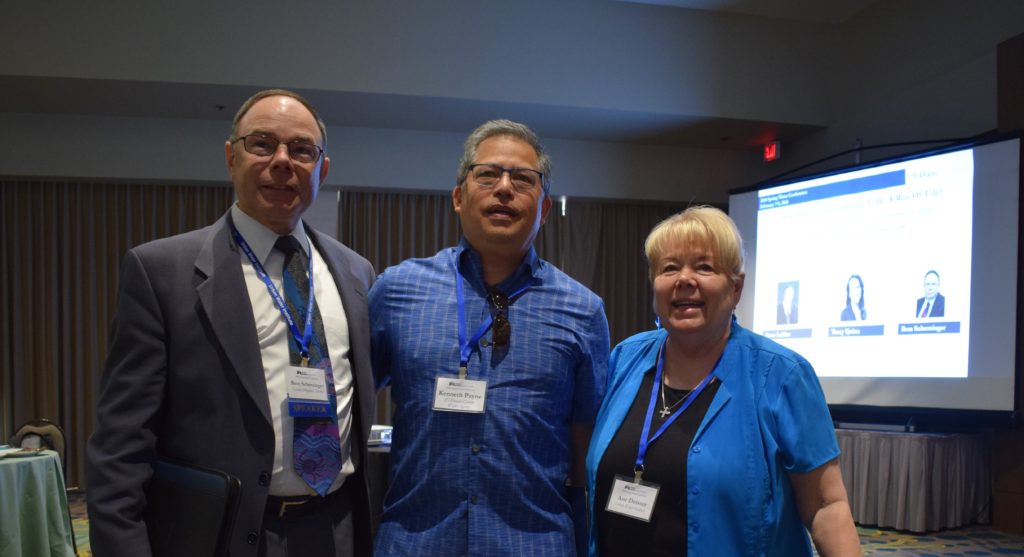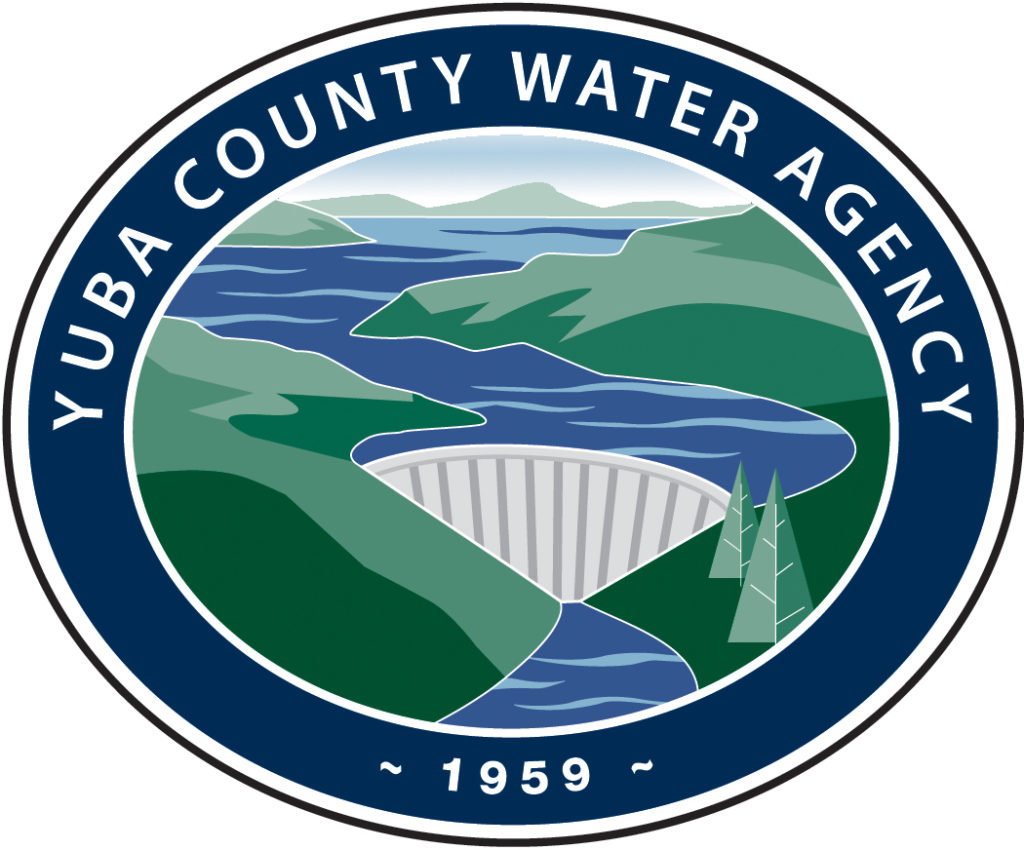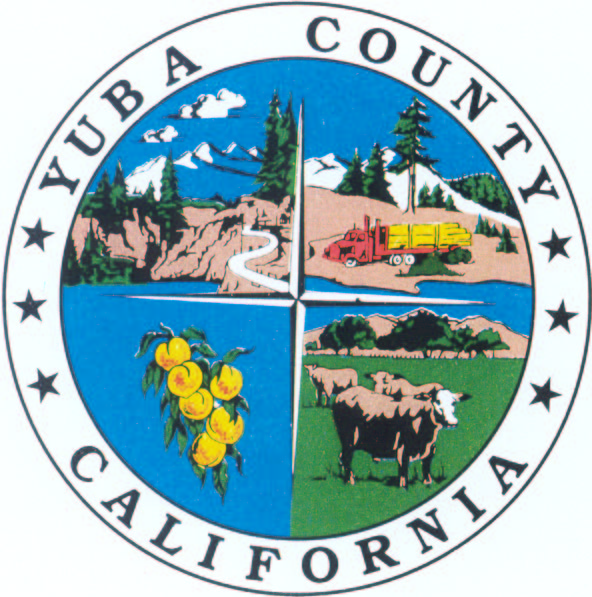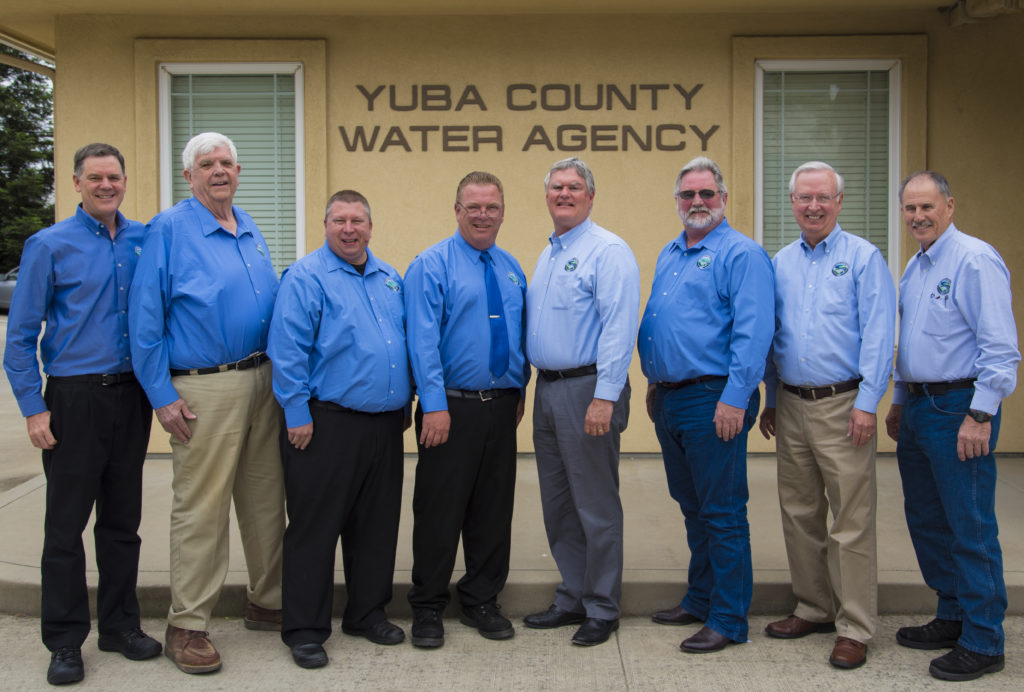
Click link: As published in the Foresthill Messinger
by Neil Cochran, Vice President, Board of Directors, Foresthill Public Utility District
The Oroville Dam Spillway situation has garnered much attention since last February. To ensure protection of both the public and Sugar Pine Dam, last May the FPUD (Foresthill Public Utility District) Board called for a special inspection of the spillway at that thirty-six year-old structure. We budgeted $120,000 for the project, based on estimates from General Manager Hank White. His estimate anticipated that some repairs to the spillway might be required.
Coincidentally, in June the Division of Safety of Dams mandated new spillway inspections at the one-hundred largest dams in the State, including Sugar Pine. They required a report of findings, and plans for repairs to any identified problems, by September 1, 2017. This program was triggered by the acute situation at Oroville, which was, and still is, ongoing.
We immediately engaged a Civil Engineering consultant to conduct the inspection, which was completed on August 3, 2017. (The inspection could not be made until the spillway had dried out completely and the slippery endemic moss had dissipated from the steep slope of the 856 foot spillway.)
The engineer’s report included specifications and techniques for repair and mitigation of the identified situations. The cost for the inspection, report, bid assistance, and construction inspection totaled $10,000.
Here’s what we found during the inspection: The spillway and its underpinnings and drains are generally in good condition. Four joints between the fifteen concrete slabs in the bed of the spillway showed evidence of “spalling” — erosion caused by fast-moving water as it cascades down the spillway into North Shirttail Creek. These conditions were exacerbated by last winter’s record-breaking rain and snowstorms.
Also, some erosion had occurred near the bottom of the spillway, just above the stilling basin that directs the rapid downward flow of water into the creek. We determined that maintenance on this particular situation can be postponed until next year before repairs are made. We anticipate getting more accurate information about the performance of that bottom section when water is actually flowing over it later this winter.
Two of the slab joints showed only minor erosion and we determined that our own field staff could perform the necessary repairs on those items. The District saved several thousand dollars by utilizing our own employee’s skills and time for these tasks.
In September we solicited bids from qualified contractors, and on October 11, 2017 awarded a contract totaling $114,410 to Sierra Mountain Construction of Sonora, CA. The goal was to complete the project before new winter storms began.
Sierra Mountain Construction finished the project on December 8, 2017 for a total cost of $107,910, which was $12,000 under budget. Fortunately, the FPUD had adequate Repair & Replacement and reserve funds to pay this unanticipated expense during this fiscal year.
Here are some comments about the design, construction, and status of Sugar Pine Dam and Spillway. They are particularly pertinent at this time, given the ongoing situation at Oroville. FPUD ratepayers and the Foresthill community will be gratified to know that Sugar Pine Dam and its structures were built to Federal standards established by the US Bureau of Reclamation, as part of the Federal Central Valley Project. (As has been recently reported, Oroville Dam was designed and built by the State of California, and less stringent specifications may have been applied there.)
The Bureau of Reclamation has much experience building dams in the West and has been exceptionally vigilant at assuring quality and safety in the design and construction of complex hydraulic structures. In short, Sugar Pine Dam almost appears to be “overbuilt” for a smaller dam, and in general was built to the same standards used in larger Federal dams like New Melones and Folsom.
For instance, the concrete slabs in the spillway are specified at no less than nineteen inches thick, varying up to forty-seven inches in areas of maximum stress. This compares to a slab thickness at Oroville that was sometimes only seven inches in places that failed. A look at reinforcing rods (rebar) in the Sugar Pine spillway bed shows two layers of thick crisscrossed steel instead of just one layer as used at Oroville.
Also, unlike Oroville, the underlying geology beneath the Sugar Pine spillway was cleared of dirt and gravel down to competent rock. Then concrete underlayment was poured and anchored with eight-foot steel rebar. Substantial horizontal footings were excavated beneath the joints between sections before the final spillway slabs and footings were poured and finished in one monolithic assembly.
Other interesting differences in design are evident. Surprisingly, all dams have drains that allow water to gradually flow through them, especially earthen dams. The vertical spillway drains at Sugar Pine lie entirely beneath the slab, and convey water all the way to the bottom. However, the “herringbone” drains at Oroville are tucked up into the slab, causing the spillway to be thinner and less resistant to displacement or cracks if water pressure from below is introduced by the drains.
It’s also reassuring to know that Sugar Pine Dam was purposely designed and built to resist earthquakes and other seismic activity. This is due to the discovery that a fault line lies upstream from the dam. In fact, the unique internal design by Bureau engineers has been written up in technical books regarding the special materials, layering, and compacting introduced during its construction.
The spillway itself was designed to accommodate runoff from a theoretical 500 year flood, including any additional runoff from an unanticipated event, such as a failure of the diversion dam at Big Reservoir, which lies just upstream.
Finally, the dam structure itself, along with the spillway, was built to handle an increase of up to twenty feet in the depth of Sugar Pine Reservoir by the addition of radial gates at the top of the spillway. This would complete the Sugar Pine Project and provide assurance of a continued reliable water supply for Foresthill well into the future.
We hope this explanation of what’s going on at Sugar Pine Dam and the FPUD is useful. For more information, check out our web site at:
www.foresthillpud.com, or see us on Facebook at: https://www.facebook.com/foresthill.pud


